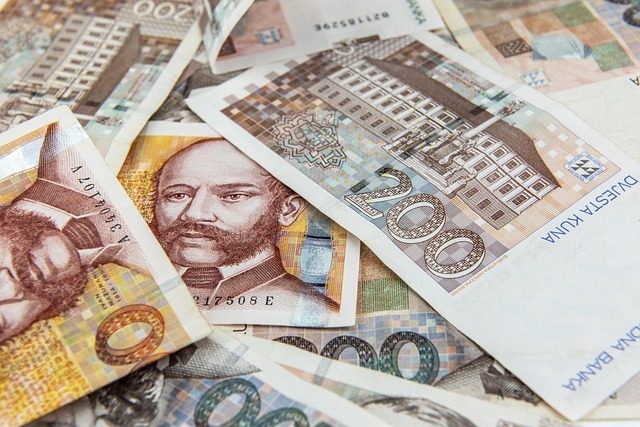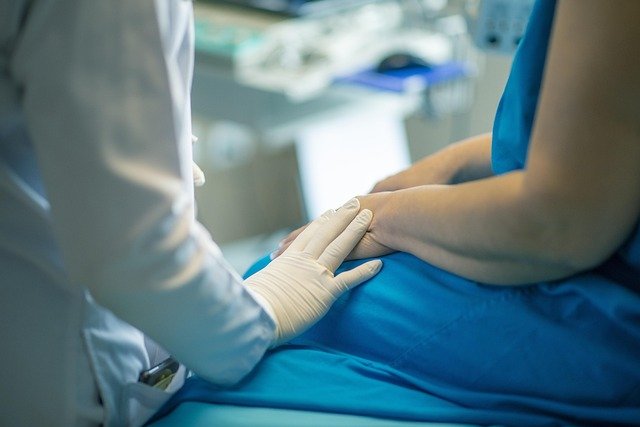A Guide to Restaurant Equipment Financing
Restaurant equipment financing may help owners manage upfront costs for appliances and fixtures. Understanding lease terms, interest rates, and qualification standards allows businesses to maintain cash flow while updating or expanding kitchen operations.

Restaurant Equipment Financing and Monthly Payment Plans
Restaurant equipment financing allows business owners to spread the cost of expensive commercial kitchen equipment over manageable monthly payments. This approach preserves cash flow while ensuring access to high-quality equipment necessary for operations. Monthly payment plans typically range from 12 to 84 months, depending on the equipment type and lender requirements.
Most financing agreements structure payments based on the equipment’s useful life and depreciation schedule. For example, a commercial oven with a 10-year lifespan might qualify for a 60-month payment plan, while smaller equipment like mixers might have shorter terms. Interest rates vary based on creditworthiness, down payment, and equipment type, typically ranging from 6% to 25% annually.
Commercial Kitchen Equipment Loans and Lease Programs
Commercial kitchen equipment loans provide direct funding to purchase equipment outright, giving business owners full ownership from day one. These loans often require collateral and typically offer lower interest rates than unsecured financing options. Equipment serves as collateral, reducing lender risk and potentially improving loan terms.
Lease programs offer an alternative approach, allowing restaurants to use equipment without immediate ownership. Operating leases provide lower monthly payments and often include maintenance agreements, while capital leases build equity toward eventual ownership. Many lease agreements include upgrade options, enabling restaurants to stay current with technology advances without major capital expenditures.
Used Restaurant Equipment Financing and Upgrade Options
Used restaurant equipment financing opens opportunities for budget-conscious operators to acquire necessary equipment at reduced costs. Lenders typically finance 70% to 90% of used equipment value, requiring larger down payments than new equipment purchases. Age restrictions often apply, with most lenders avoiding equipment older than five to seven years.
Upgrade financing programs help established restaurants modernize their kitchens without disrupting operations. These programs often allow trade-in credits for existing equipment, reducing overall financing needs. Energy-efficient upgrades may qualify for special financing terms or government incentives, improving long-term operational costs while reducing environmental impact.
Restaurant Equipment Financing for Startups Explained
Startup restaurants face unique financing challenges due to limited operating history and unproven revenue streams. Many lenders require personal guarantees from business owners, making personal credit scores crucial factors in approval decisions. SBA loans often provide favorable terms for qualified startups, offering longer repayment periods and competitive interest rates.
New restaurant owners should prepare comprehensive business plans demonstrating market research, financial projections, and operational expertise. Equipment lists with detailed specifications and cost estimates strengthen financing applications. Many startup-focused lenders offer package deals covering multiple equipment pieces, simplifying the financing process while potentially reducing overall costs.
| Lender Type | Equipment Coverage | Interest Rates | Terms |
|---|---|---|---|
| Traditional Banks | New and used commercial equipment | 8-15% | 3-7 years |
| Equipment Finance Companies | Specialized restaurant equipment | 10-20% | 2-5 years |
| SBA Lenders | Comprehensive equipment packages | 6-12% | 5-10 years |
| Alternative Lenders | Quick approval, flexible terms | 15-30% | 1-3 years |
Prices, rates, or cost estimates mentioned in this article are based on the latest available information but may change over time. Independent research is advised before making financial decisions.
Restaurant Equipment Financing with Bad Credit Solutions
Restaurant owners with credit challenges still have financing options available, though terms may be less favorable. Alternative lenders specialize in bad credit financing, often focusing on business cash flow rather than credit scores alone. These lenders may require higher down payments, typically 20% to 30% of equipment value, and charge premium interest rates.
Secured financing options use existing business assets as collateral, potentially improving approval odds and terms. Revenue-based financing ties payments to business income, providing flexibility during seasonal fluctuations common in the restaurant industry. Some lenders offer credit rehabilitation programs, helping business owners improve their credit profiles while accessing necessary equipment.
Restaurant equipment financing provides essential pathways for acquiring commercial kitchen equipment without overwhelming cash flow demands. Whether through traditional loans, lease programs, or specialized financing for startups and credit-challenged businesses, multiple options exist to meet diverse operational needs. Success depends on understanding available programs, preparing thorough applications, and selecting financing structures that align with business goals and financial capabilities. Careful evaluation of terms, rates, and repayment schedules ensures sustainable growth while maintaining operational efficiency.




